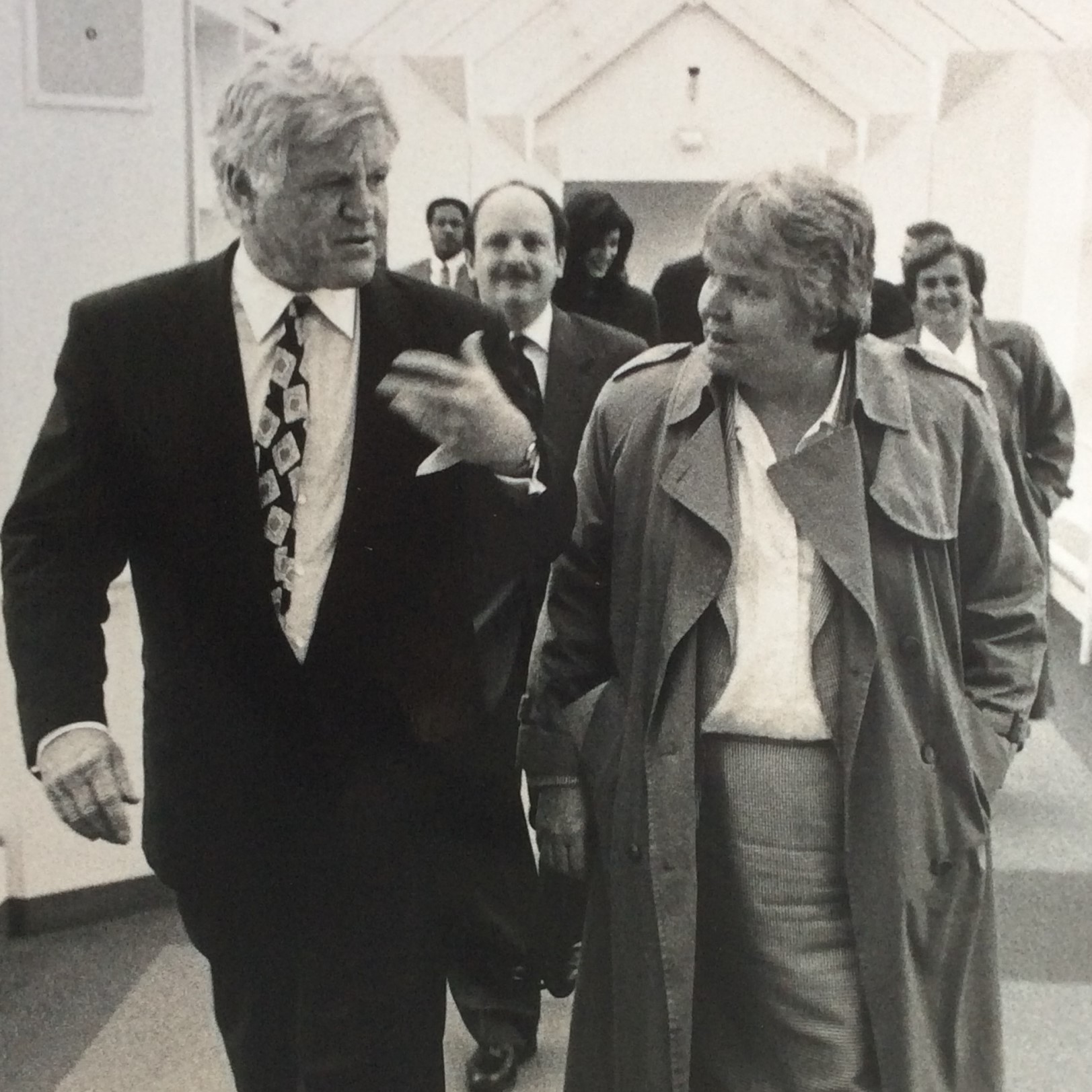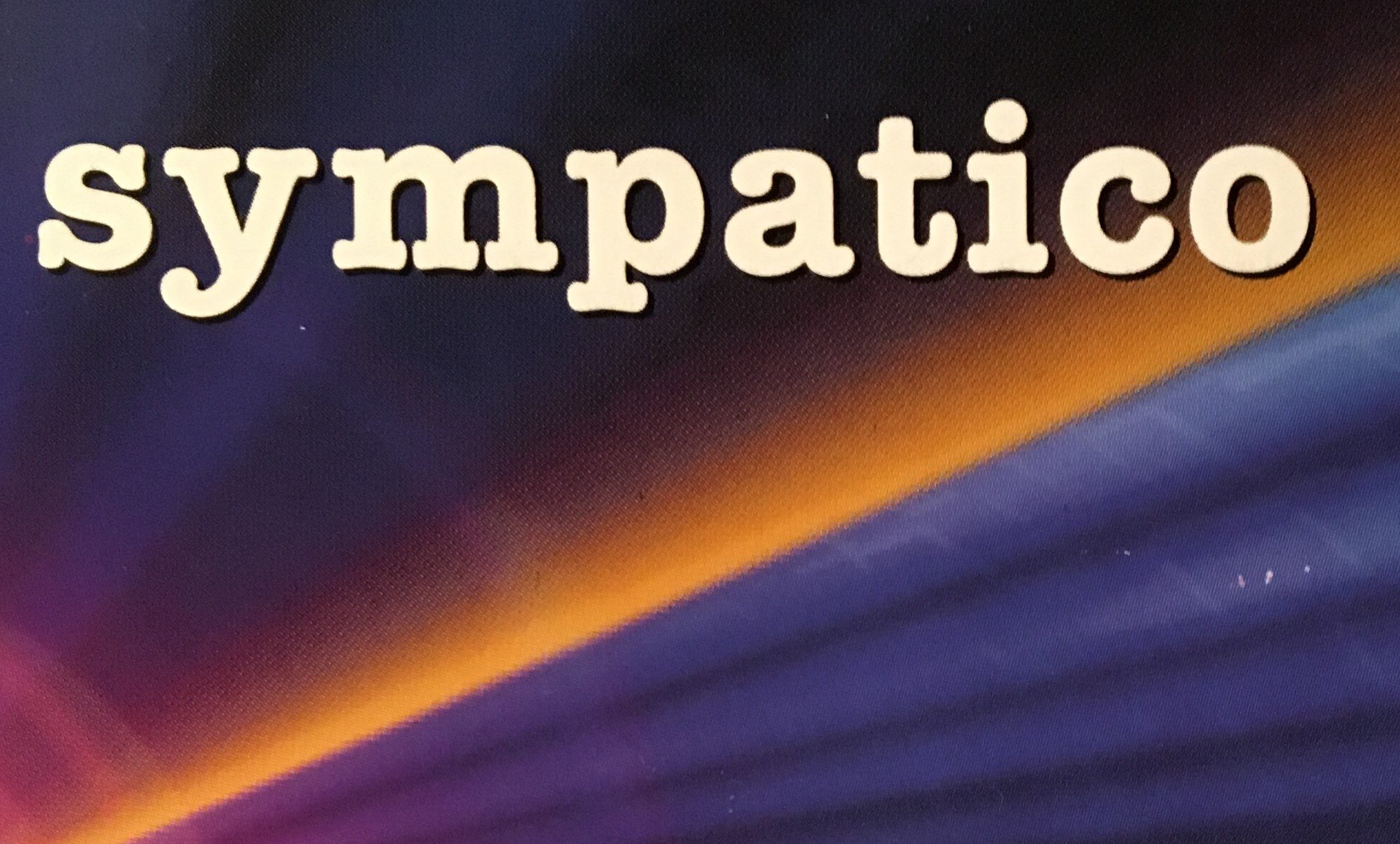As a Leadership team managing the living, breathing extended community that is a moderate sized school system, we live with the reality that if you wait long enough, something bad is going to happen to someone in that community. I am neither a pessimist nor paranoid. Life contains some inevitabilities, such as death, accidents, and illness, and when you have thousands of people in a multitude of ways connected to your organization, these things are going to happen to some of them. It makes sense to prepare for events of this sort, because we can never prevent them. Even in a smaller community, such as an individual school, we must be ready for these things when they happen to the people for whom we are charged with caring.
In addition to the inevitable vagaries of life that will touch the life of a community, the possibility exists, however statistically remote, of something like a violent attack or natural disaster that could befall your system. As unlikely as such a disaster is we are obligated to prepare for it, to some extent, as though it is inevitable. The consequences to the community should such an event occur are so devastating that the odds against it simply cannot be relies upon.
There are some potential incidents that could be within our power to prevent if the right structures are in place. There are ways in which threat identification / prevention and response preparation are two sides of the same coin. There are ways in which they are very different types of work. Response to a traumatic event requires clinical, pastoral, and perhaps ritualistic approaches. Threat identification and prevention require clinical knowledge, especially when looking at indigenous threats, but also expertise and investment of a very different kind. Plans must be made that involve law enforcement and other public safety personnel. Drills must be devised and run. Physical structures may need to be altered, technological tools purchased, and procedures changed or devised. In some organizations, a person or group may be responsible for both sides of the coin. Even if this is not the case, complete communication among all of those with overlapping or conjoined responsibilities is essential. In Stoughton we use a District Crisis Team and Building Crisis Team model. Some members of the team are responsible for the clinical assessment of threats, while others are responsible for technology updates and building security enhancements. Some respond with care when a segment of the community is affected by a traumatic event, others bring outside resources, to help with training, grief care, drills, threat assessments and new best practices related to all of these things.
And finally, there is the additional responsibility we have as educators: to teach children how to manage conflict and their emotions, as well as the traumatic and damaging incidents in their lives that could eventually lead them to be a threat to others or themselves. The more successful we are in this area, the fewer young people will emerge as threats in their communities.
This article is divided into two sections because the skills and thinking about each of these areas are somewhat different; 1) the response to traumatic events in a community, and 2) the multifaceted planning for prevention of potential incidents. There is no getting around the reality that all of the measures discussed in this article have costs attached. If done correctly, and/or if starting from scratch, that cost is considerable. The budget to address these things can be projected over a period of years, as each of the areas can be tackled in increments as funds become available. A three, or even five year plan can be written to phase in strategies, trainings, or enhancements. Starting, even in a small way, or in one area, will get an organization further than doing nothing at all.
Prevention strategies:
During the worst of the recession districts had to make excruciatingly hard decisions about what was going to stay and what had to be relinquished. We made the decision, as far as was possible, to keep our counseling staff, made up of both guidance and adjustment counselors, intact. We lost a middle school counselor through attrition and had to share a couple among our elementary schools. We also maintained our nursing staff at one per school and kept our Nursing Director. The fact that this was the condition of a state nursing grant, which requires we have a Director with no case load, made this choice easier to justify.
There are many reasons why keeping this clinical staff is important of course. Social competence and emotional health are crucial to students’ ability to concentrate and learn. Adjustment counselors help students deal with issues that come up for them during the course of the school day, issues that may make it hard for the students to focus on the curriculum or maintain appropriate behavior. Guidance counselors do this as well, and they teach social skills and coping strategies that help students resolve conflict, and manage their potential anger, and other emotions. For the safety of the community, one of the other important roles of the counselors and nurses is keeping their ears to the ground, listening for issues among the students that may indicate a potential threat. The counselors and the nurses are the staff members most likely to get wind of a mental health problem that could lead to a student becoming dangerous to themselves or others. Because of the relationships and clinical alliances that they build with students, and because they interact with students when the children are upset, and because they are trained to listen for indications that a student may be in emotional trouble, counselors have a chance to identify problems before they become emergent. They can bring these issues to the attention of administrators, parents, and connect students in need with mental health resources outside of the school community. Because financial resources available to school are stretched thin at the best of times, it is fair to say that schools and school systems never have enough counselors or nurses. Because the counseling staff does not positively affect class size, or deliver instruction that shows up in test scores, these positions are often the first that are cut when we hit a cycle where money is particularly tight. All efforts must be made to prioritize the clinical staff among the most important of resources in any school community because they are essential to prevention, and when these hard times come.
Teachers play an extremely important role in threat identification as well. On numerous occasions in high schools and colleges, I have seen a teacher identify troubling content in a student’s writing which has led to a referral to counseling services. At times the material was concerning enough to involve law enforcement and outside mental health services. Teachers have strong, ongoing relationships with students, and see them interact with each other, adults and the work that school presents. They are in a good position to notice both behavior changes and dropping grades before others do. Students will sometimes confide in a favorite teacher when they won’t talk to other adults in their lives.
We have initiated several types of trainings to enhance the skills that administrators, counselors, nurses and teachers need to recognize potential threats, and address them. At the suggestion of members of our counseling team we engaged the services of Suzanne Sibole of Youth Risk Prevention in Wisconsin to do a threat assessment training. This led to the establishment of threat assessment teams as a supplement to our building crisis teams in the schools. Ms. Sibole took us through a series of scenarios involving the identification and evaluation of potential threats from students, and others connected to the community. Her training was immediately valuable in our work, and we would recommend it highly to anyone.
We engaged Dr. Robert Macy of the International Trauma Center for an intensive two day training for our administrative and guidance staff. This was invaluable on so many levels, and all of us would highly recommend such a training if it can be arranged for your organization. He simply has no rival, and took us through the ways to heal a community after traumatic events of all types.
In 2008, David Guglia, one of our middle school assistant principals, convened a Mental Health Task Force, which ran once a week for several sequential weeks. The conversations included reentry meetings after student hospitalizations, referrals to and working with outside resources, as well as services and interventions that could be brought to bear in school. These conversations were meant to insure that no student who was vulnerable and troubled was left without support as they resume their place in the regular life of the school.
We learned in a threat assessment training arranged by Mike Morrissey, the Norfolk County D.A., that signs can emerge early, in a child’s elementary years, and that careful records must be kept and shared with school personnel at subsequent grade levels to insure that a concerning pattern is not missed. The notion that child should “get a clean slate” as he or she moves through the grade levels by removing their discipline record at the end of the year or elementary tenure must be rethought in the context of current knowledge. While no children deserve to be treated in a prejudicial manner by new staff they encounter, knowledge of history is a crucial tool to help staff place warning signs in context.
Good clinical resources can help identify those within the community who might pose a threat to others in the community. The next layer of protection is in the technical and mechanical aspects of the buildings’ infrastructure. The cameras available to monitor the interior and exterior of buildings are improving all the time. Better cameras mean better images and better identification. Interactive buzzer systems can help staff identify and control those wanting access to the schools. Since we want schools to be welcoming places, and there are very legitimate reasons for people to come and go, a balance must be struck here. Good communication equipment allowing staff members to talk to each other from different parts of the building is highly desirable. It can be complicated and expensive to retrofit older buildings with these things, but safety is significantly improved by doing so. The staff responsible for these infrastructure components are the Facilities Manager and Technology Director, people whose responsibilities and expertise do not intersect with the clinical staff in any other area. For this reason channels of communication between them must be developed and nurtured around the related topics of safety.
Our police department has taken a strong and effective leadership role, working closely with us to provide resource officers, in spite of tight budgets, and in helping us with building preparedness and new approaches to responding to an emergency if there is one. They have brought us A.L.I.C.E training, so that people are armed with multiple ways to respond to a crisis in a building, rather than just the traditional lockdown we had before. They are in constant communication with us at all levels, working on constantly improving safety in buildings.
Responding to trauma in the community:
There are things that happen to people, that may never even make the news, but they have great impact on the members of a school community. The death of a teacher or student is a primary example. It is after these things occur that clinical, pastoral and ritual responses must be brought to bear swiftly, competently, and with confidence and compassion. Counselors have to be trained for the day when potentially hundreds, perhaps even thousands of students are suddenly stricken with grief and /or fear in the aftermath of a traumatic event, and turn to them for solace. When this has happened in our community, the Crisis Team has rallied and sent all possible resources to the site most impacted. Counselors from other schools come and “set up shop” in the affected school so that students seeking help do not need to wait. Spaces are set up so that students can gather in groups with adult support to process and grieve together. Stations are created with art and writing supplies available for those who might find that helpful. Food and water are made available. As soon as appropriate, different types of memorials and rituals are planned and coordinated, working with outside clergy and community organizations where there is interface. People often need help from trained clinicians in planning memorials that will be sensitive to everyone’s needs. Administrators step in to relieve teachers who might be impacted, and they are offered counseling and space to grieve and process. School life is kept as normal as possible for those students who might not be as affected by a traumatic event, and should be protected from having to be affected. Not all members of a large community are equally impacted by a trauma. At times outside resources like the State Police trauma team, and the social workers of the Stoughton Youth Commission have been engaged, amazing resources for which we are always grateful.
The amount, type, and longevity of any response are related entirely to the individual incident. After any incident it makes sense for the Crisis Team to meet in the immediate aftermath to process and review the responses, because that is when memories are still fresh. That is the best time to look at what worked, what could be improved, and what limitations the stress on the system might have revealed. Until stressed, the plans and processes put in place are only hypothetical. “Table-top Drills” and even active drills are necessary, but do not present the wide range of factors that a real incident will high light immediately.
The process of preparation is never really complete. The process of response can always be improved and enriched. As is true of most things we do in education, there is no time when you can stand back and admire your work and say, “there, that’s done.” Nevertheless, over time a strong, flexible, and responsive system can be built, to which changes and enhancements can be made over time, and as new information presents itself.




